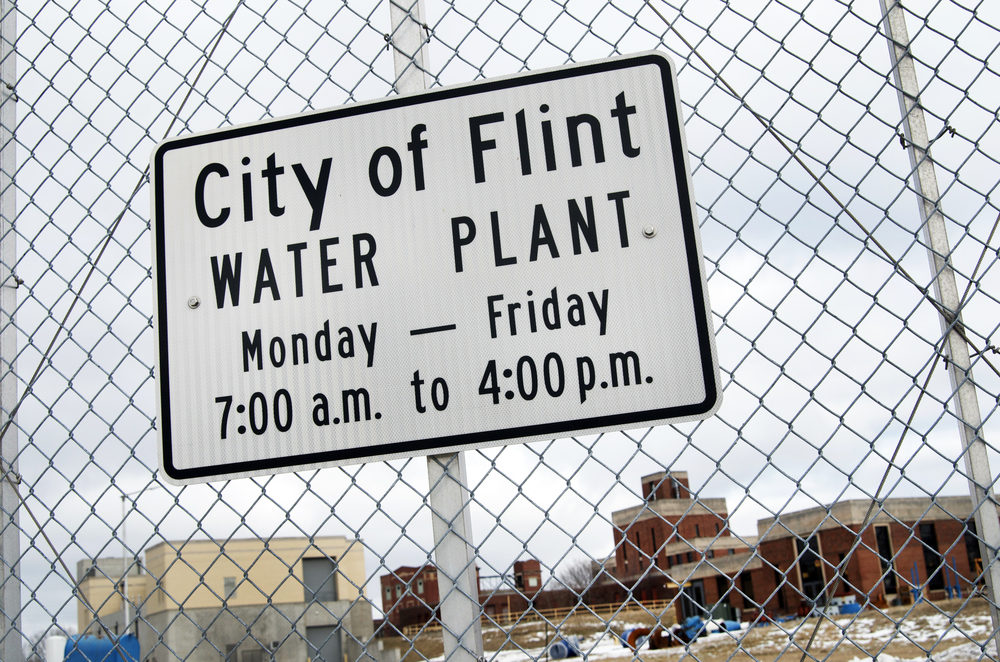Flint Water Settlement To Result in $600M For Area Residents To Resolve Lawsuits Against State

Michigan officials indicate they have agreed to pay $600 million as part of a preliminary settlement agreement with Flint residents who filed lawsuits over lead exposure caused by the water system’s transition to the Flint River, which led to a crisis that has not yet been fully resolved.
Michigan Attorney General Dana Nessel announced the Flint water crisis settlement agreement in a press release issued on August 20, after 18 months of negotiations. The deal is expected to be finalized within about 45 days, at which time full details of the settlement details will be released, Nessel indicates.
The Flint water crisis occurred when the city switched from the Detroit Water System to water from the Flint River in April 2014. Shortly after the change, residents began complaining about cloudy and foul-smelling water, and many reported developing skin lesions and rashes after exposure to the water.

Learn More About
Children diagnosed with lead poisoning after exposure to peeling or chipping lead paint in a rental home may be entitled to financial compensation and benefits.
Learn More About this Lawsuit SEE IF YOU QUALIFY FOR COMPENSATIONThe water source change, which was done in an attempt to save money by an unelected emergency manager appointed to Flint by former Michigan Governor Rick Snyder to put the city’s financial affairs in order, caused the city’s residents to be exposed to heightened levels of lead, causing an unknown amount of children to suffer permanent developmental damage.
Flint’s drinking water problems have still not been fully resolved.
“Providing relief for the people of Flint and resolving these long-standing legal disputes has been a top priority for me since taking office,” Nessel said in the press release. “Flint residents have endured more than most, and to draw out the legal back-and-forth even longer would have achieved nothing but continued hardship. This settlement focuses on the children and the future of Flint, and the State will do all it can to make this a step forward in the healing process for one of Michigan’s most resilient cities. Ultimately, by reaching this agreement, I hope we can begin the process of closing one of the most difficult chapters in our State’s history and writing a new one that starts with a government that works on behalf of all of its people.”
According to the details released thus far, about 80% of the $600 million agreement will go to children who were minors and suffered lead exposure due to the contaminated water supply. Most of that will go to claims for children ages 6 and younger. Another two percent of the settlement will go to special education in Genesee County, another 18% will go to claims filed by adults for injuries and property damage, with another one percent allocated to claims for business losses.
The state indicates it has already spent $409 million in response to the Flint water crisis, which includes $97 million allocated to replace the city’s lead water service lines. The press release indicates that, in total, the state will have spent more than $1 billion addressing the problem if the settlement agreement is approved.
The settlement agreement must now be approved by U.S. District Court Judge Judith Levy, Michigan 1st District Court of Appeals Judge Christopher Murray and Genesee County Circuit Court Judge Joseph Farah.
Lead Poisoning Concerns
The U.S. Centers for Disease Control and Prevention (CDC) estimate that 535,000 children ages 1-5, or about 2.6% of such children in the U.S., have levels of lead in their blood that place them at risk for adverse health effects. To come up with that number, the CDC analyzed data from the National Health and Nutrition Examination Survey from the years 1999 to 2002, and 2007 through 2010.
Childhood lead poisoning is considered the most preventable environmental disease among young children. More than half a million children in the U.S, have lead blood levels above 5 micrograms per deciliter, the “level of concern” reference set by the CDC.It is known to increase the risk of nervous system injury, brain damage, seizures or convulsions, growth or mental retardation, coma and even death. Childhood lead poisoning is considered the most preventable environmental disease among young children.
Get more articles like this sent directly to your inbox.
"*" indicates required fields






0 Comments